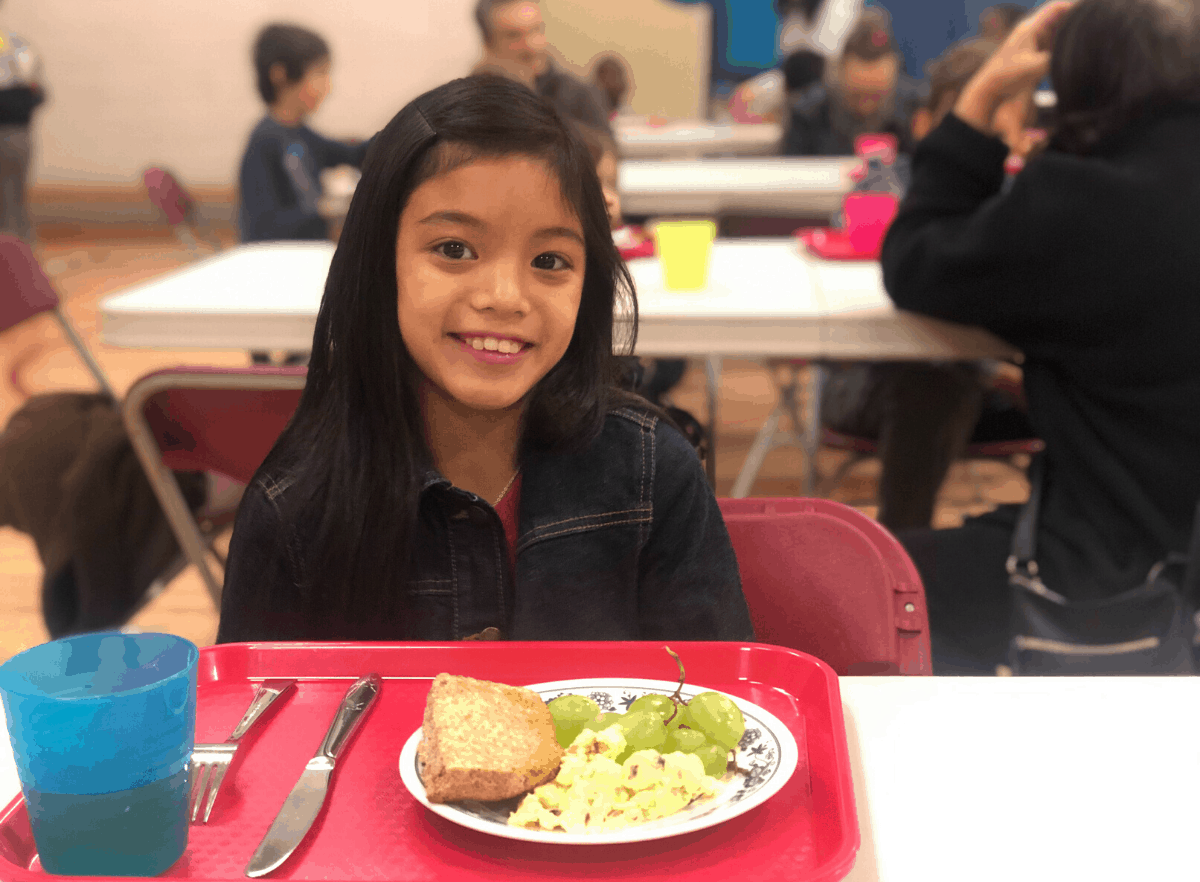
Introducing New-tricious Foods : Deninu School

(Photo: Alexander Mils on Unsplash)
Advice from the On-the-Ground Experts at Deninu School, Northwest Territories
Oftentimes we hear that school breakfast coordinators want to introduce new nutritious foods to their menu, but they fear doing so because students are sometimes reluctant to trying out new foods. That being said, there are ways around these obstacles, and we wanted to showcase a program who took on the challenge of introducing new foods in their program this year. The secret? Nutritious food can also be delicious food!

Meet Deninu School in Fort Resolution, Northwest Territories. Here, an inspired volunteer wanted to teach students that homemade foods made with simple ingredients and less sugar foods can taste just as good (or better) than processed foods. Some of the new foods introduced were egg frittatas, home-made granola, whole-wheat baking and bannock, baked potato wedges, veggies with home-made dips, and pancakes with pureed, frozen vegetables added to them. The school admits that in the beginning, the students were more reluctant to eat less sweet foods at breakfast, but in very little time, their taste buds seemed to adjust and the kids quickly began enjoying them – especially when they saw older students or their peers enjoying them! In fact, the veggies and homemade dip are now a program favourite at Deninu School!
So you are probably hoping for some tips on how to go about doing this in your program. Well, go no further! We asked Deninu School to help us out here seeing as they are the pros in this area:
- Serve and cut new foods into smaller portions for students to try. This way they fit into small hands, are less intimidating, and help to reduce waste.
- Make the names more interesting. When Deninu School introduced whole wheat French toast, they creatively called it ‘Quebec Pancakes’ which peaked student interest.
- Puree fruits and vegetables and add them to things like baking, pancakes, smoothies etc. If access to fresh produce is hard to come by, use frozen or canned fruits and veggies (ideally without added sugar or salt)!
- Accept that students need time to familiarize themselves with new foods. Some will need to be exposed several times to them before enjoying them. Persevere!
- Be flexible – sometimes the school will put out maple syrup, but they are starting to notice that the students are not using it much anymore. Sugary items, eaten occasionally, also have a place in a healthy diet!
Thanks to Deninu School for sharing! We hope this story has inspired you to spice things up in the kitchen and introduce new-tricious and varied foods on the menu!
As always, please reach out to your Club Coordinator if you are looking to ntroduce new foods into your program but are not quite sure how to start. We are always thrilled to hear from you!









